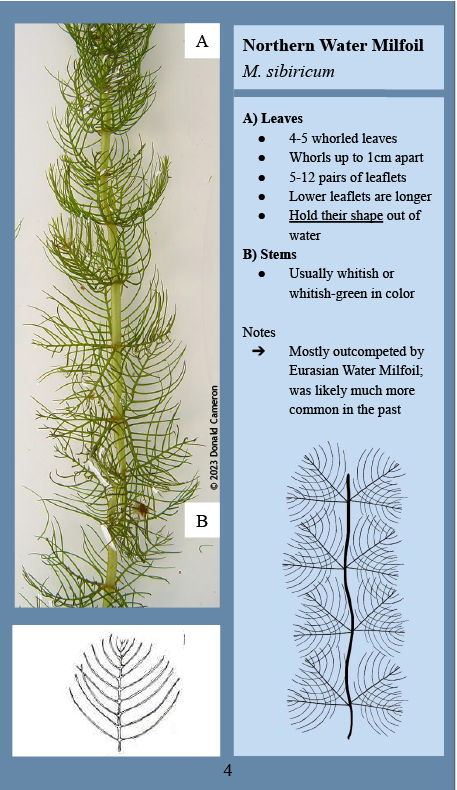A new identification guide to the unique suite of plants found in the Hudson River Estuary and its tributaries is now available online. The “Aquatic Plants of the Northeast” field guide documents regional variations of both native and nonnative plants and supports the identification of early emerging invasive species – a key goal of the resource. The guide was created and distributed last summer by the Hudson River Aquatic Invasive Species Task Force, a group of state, nonprofit, and community partners that coordinate invasive species monitoring and control in the Hudson River watershed.
“We hope that the guide will help local resource managers and community members to distinguish between many similar species that can be easily confused, and especially to recognize new invasive plants in the region,” said Lindsay Charlop, NEIWPCC environmental analyst and coordinator of the Hudson River National Estuarine Research Reserve’s (HRNERR) collaborative programs. “When these new infestations are reported early, we have a much better chance of managing them effectively.”

Charlop also serves as the coordinator of the Hudson River Aquatic Invasive Species Task Force and co-authored the aquatic plants guide with Emma Kelly, an AmeriCorp intern with the HRNERR. The guide was developed in collaboration with Chris Doyle of Naiad Consultants and Emily Mayer of the New Jersey Department of Environmental Protection.
The guide is available on the HRNERR website and includes five color-coded chapters: submersed species, pondweeds, floating leaf plants, free-floating plants, and a chapter for outliers to these categories: isle of misfits. Each species profile includes identifying information about its leaves, flowers and fruit, stems, and seeds, as applicable, as well as key species notes, line drawings and photos. In total, 75 species are documented, including native species such as coontail, white water lily and mosquito fern, and invasive species like water chestnut, sacred lotus and hydrilla.